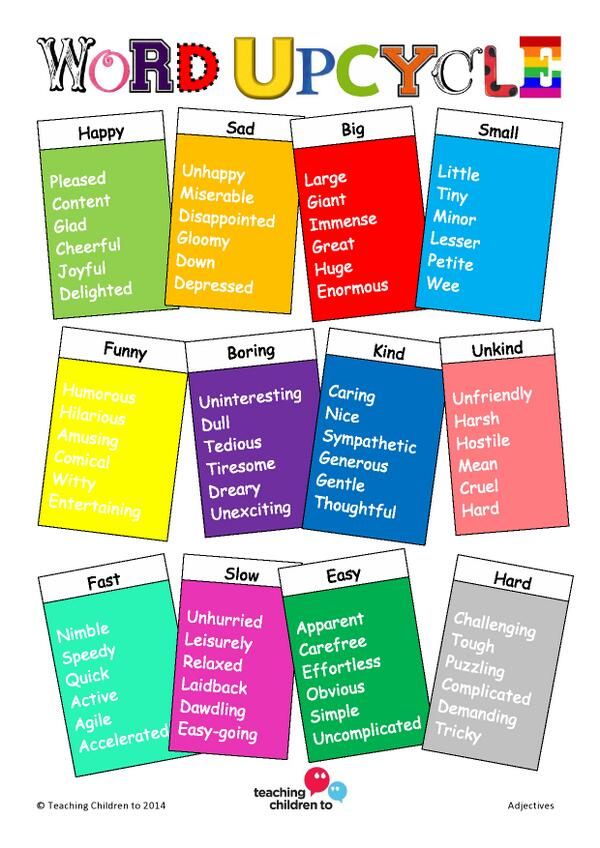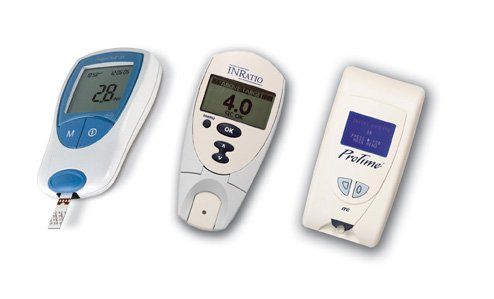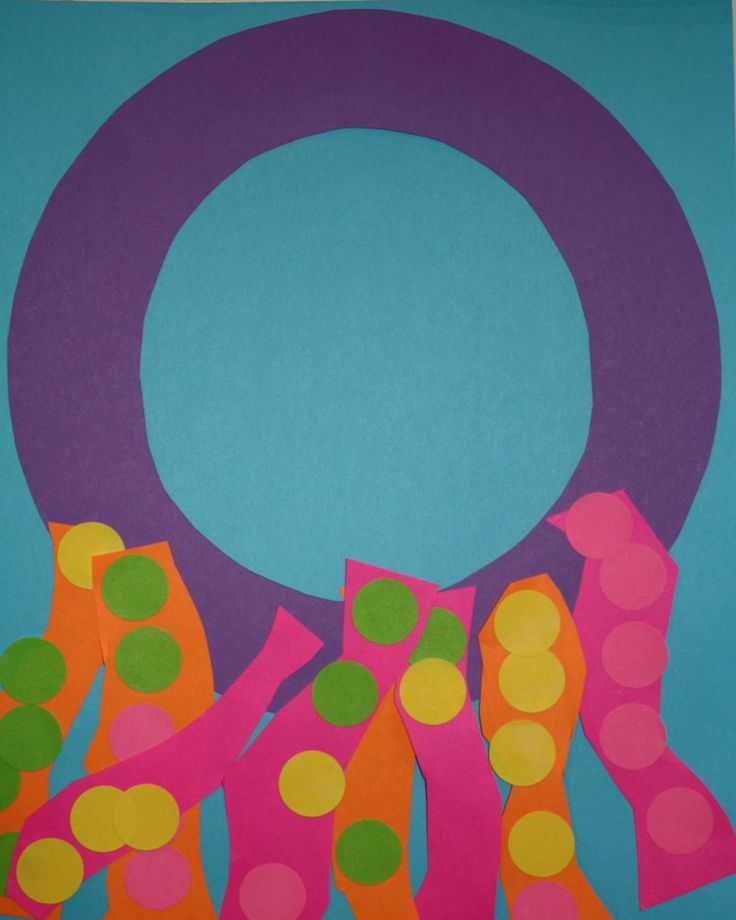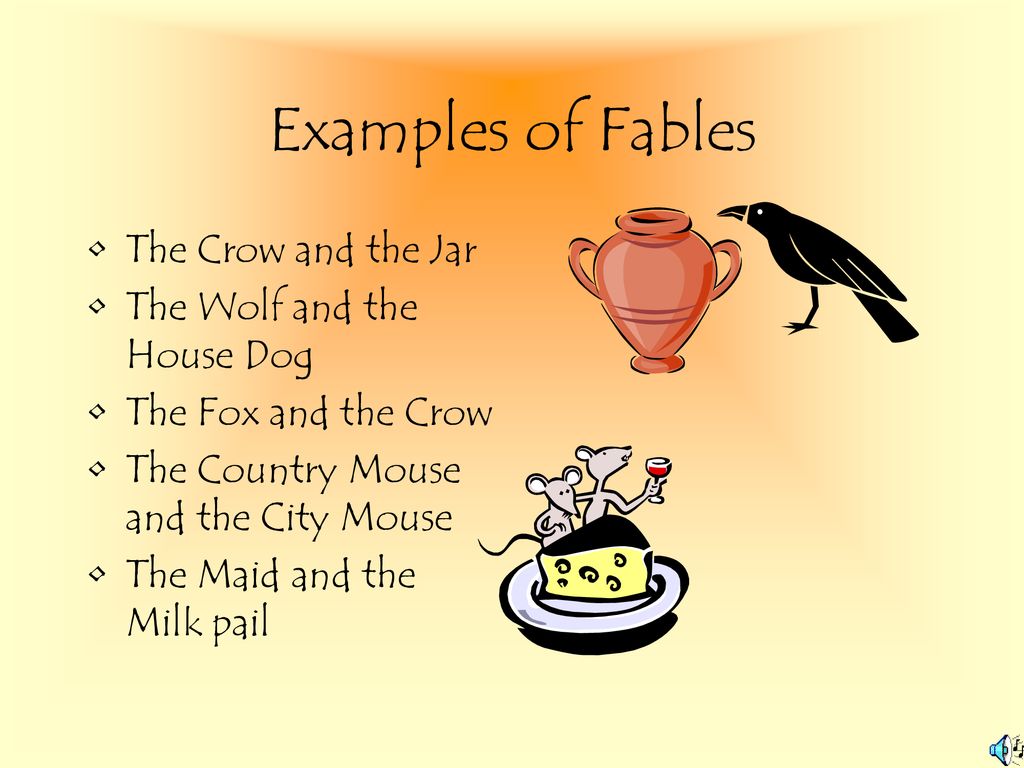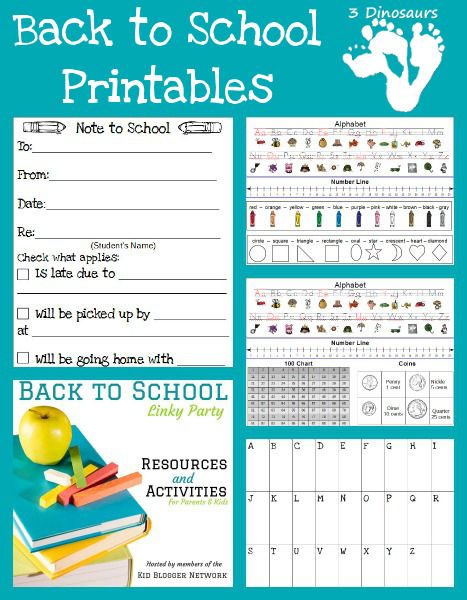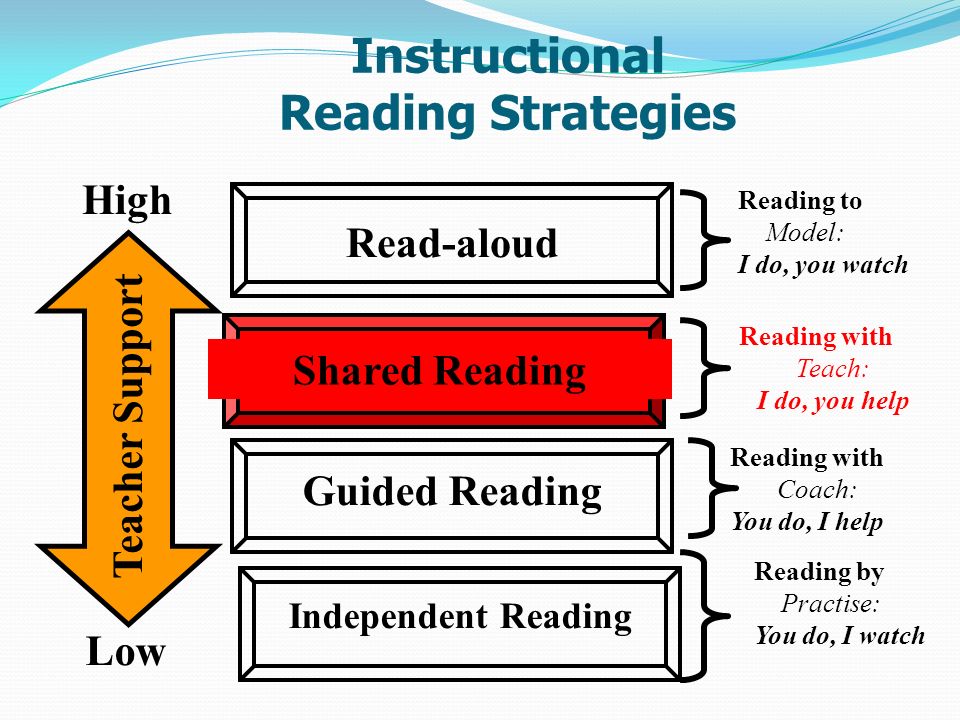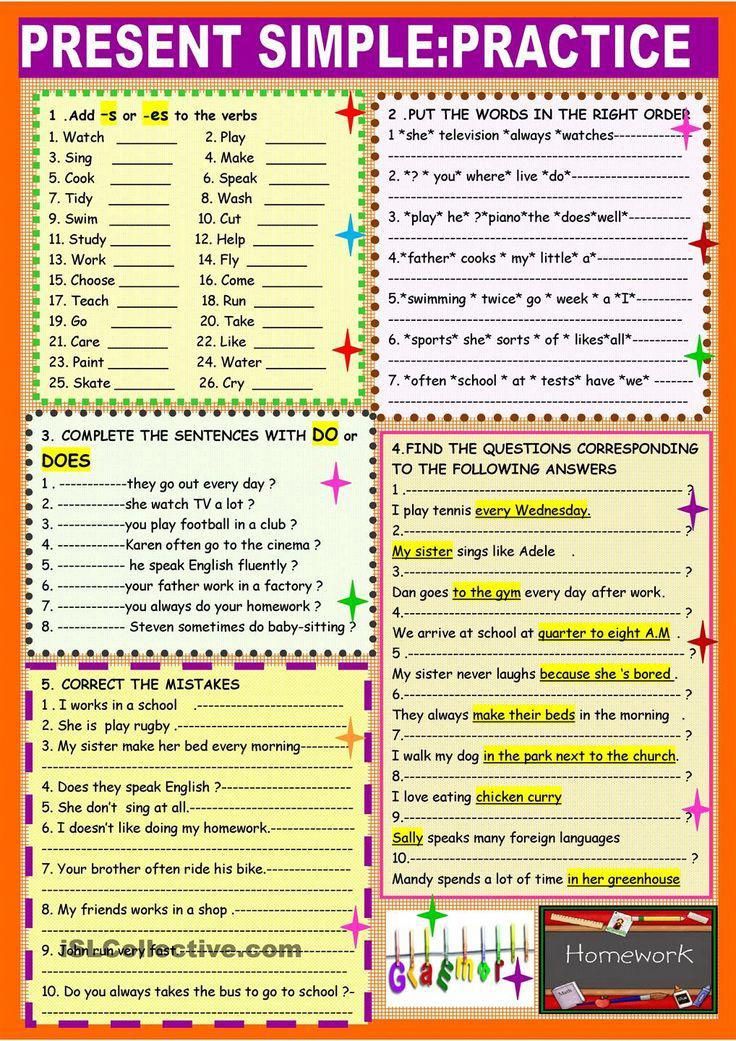Learning alphabet preschoolers
5 Easy ways to teach the alphabet to preschoolers | Daycare Blog
Teaching children the alphabet is foundational to learning how to read. Before children can put together sounds or draw together lines that make words, they need to know what they are. If you’ve never taught the alphabet before, the concept may sound abstract: how do you teach something that comes so naturally to you? Teaching letters can be really fun and simple. In this article, we’ll give you easy ways to teach the alphabet to preschoolers.
1) Sing alphabet songs
Obviously, we all know the English-language, “A-B-C-D, E-F-G,” song. That’s a great place to start. However, there are more alphabet songs, which can add variety to your tunes, and help kids learn the alphabet in different ways.
This article lists a whole bunch of alphabet songs to try. And, if you saw our article on YouTube channels for toddlers and preschoolers, you can find letter-related songs there too. The visuals in videos can show objects that start with each letter, and sometimes the songs also pronounce sounds too.
One important note brought up by this early childhood educator, is that kids should go from singing the song, to being able to say and point out the letters without a tune. So don’t stop at singing!
2) Play letter matching games
Letter matching games are easy to set up. You can have a poster board with the alphabet printed on it in large letters. Have separate letter magnets or paper letters cut out at the same size as the print letters. Ask the preschoolers to match their cut outs to the letters on the chart. Where does “A” go? Place the letter “A” cut out on top of the printed “A” on the poster board. Get them to practice doing this with all the other letters.
As the early childhood educator mentioned above noted, you can also have an alphabet ‘arc,’ where one end of a half-circle shows the letter “A”, and the other end the letter “Z”. In between you can have other letters in the alphabet shown, but not all of them. Ask the preschoolers to put down their block letters in the right sequence, using the pre-filled in letters as clues.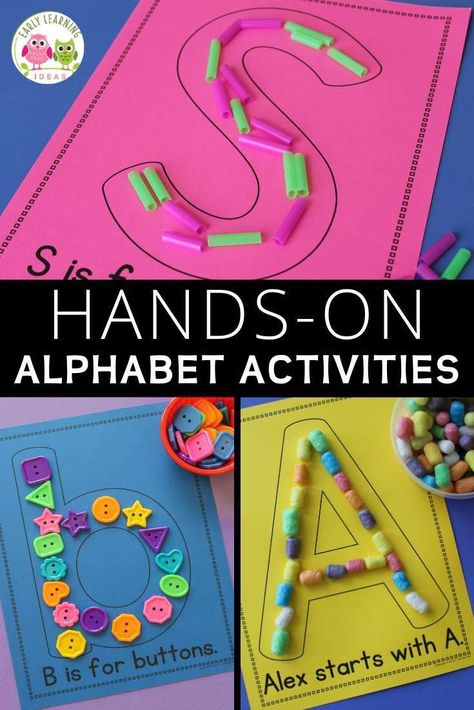
3) Open a new ‘alphabet box’ each week
You may have seen us post on Facebook that a certain week is brought to you by a letter we’re covering. It may be “C,” and you’ll see photos of us painting the letter C at daycare, or learning about animals that start with the letter “C.” Weekly letter themes are common in preschools.
You can take your weekly letter curriculum a step further by creating a box that children can open to discover objects that relate to that letter.
For example, on the week covering the letter “A,” your preschoolers can open (or even unlock) a box that contains an apple, a toy airplane, a toy alligator, an acorn, an arrow (a safe one!), and so on. In fact, don’t tell the children right away what letter the box of ‘treasures’ represents. Ask them if they can guess the letter they’ll cover that week by observing the objects in the box alone. This can be a fun and whimsical way to have your children get excited about the week ahead, and work together to come up with an answer.
3) Use interdisciplinary learning with each letter, to strengthen letter associations
Since repeating a letter over and over again can get boring, you can mix it up a little by bringing in related lessons. You can start with a week’s letter as your core subject. Then, throughout the day, teach interdisciplinary subjects that still relate.
For example, if you are on the letter “R,” you can learn about the colour “red” too, since it starts with “R.” Ask the children, ‘what things are red?’ If you are on the letter “A,” you can learn about apples. We’ve done this before, where we teach children about the types of apples there are, as well as explain that seeds are inside an apple, and so on.
This blogger lists a whole bunch of crafts you can you incorporate into your letter learning. For example, you can make holes with a hole punch for the letter “H.” This can then lead into learning about the circle shape. You get the idea…
4) If you use flashcards to teach the alphabet, use logical ones
Flashcards are a great memorization tool, and the alphabet is all about memorizing.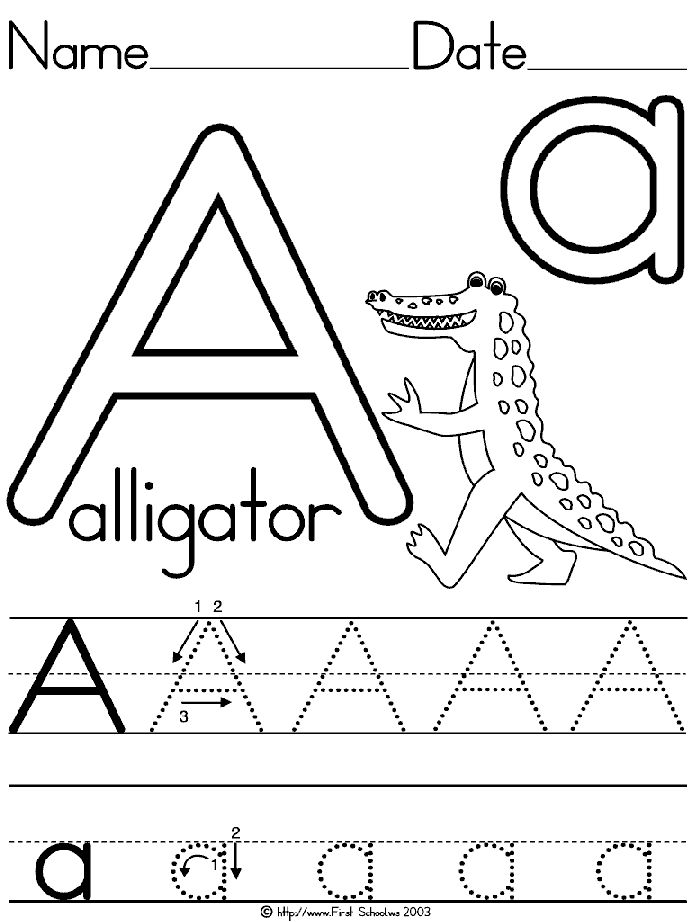 However, this teacher warns that sometimes, pre-made flashcards can get really confusing. If you are teaching the letter “D” and there is an image of something that simply uses the sound of “D” somewhere in the word, but doesn’t start with “D”… well you can quickly see how even adults would be confused by that.
However, this teacher warns that sometimes, pre-made flashcards can get really confusing. If you are teaching the letter “D” and there is an image of something that simply uses the sound of “D” somewhere in the word, but doesn’t start with “D”… well you can quickly see how even adults would be confused by that.
Remember, at this stage, you’re not teaching phonetics or complex vocabulary and pronunciation. First, children need to recognize and know the alphabet. Use the simplest flash cards, with the simplest pictures of the objects and animals that preschoolers can recognize.
That said, sometimes you want to use lowercase and uppercase letters in your flashcards…and yes, that can be confusing for the very young learners, especially when the upper and lowercase look so different, but are called the same thing. But if you’re using a set of magnets, for example, you can just use their uppercase versions, that’s ok (they may only come in that form). For very early learners, you can start really basic.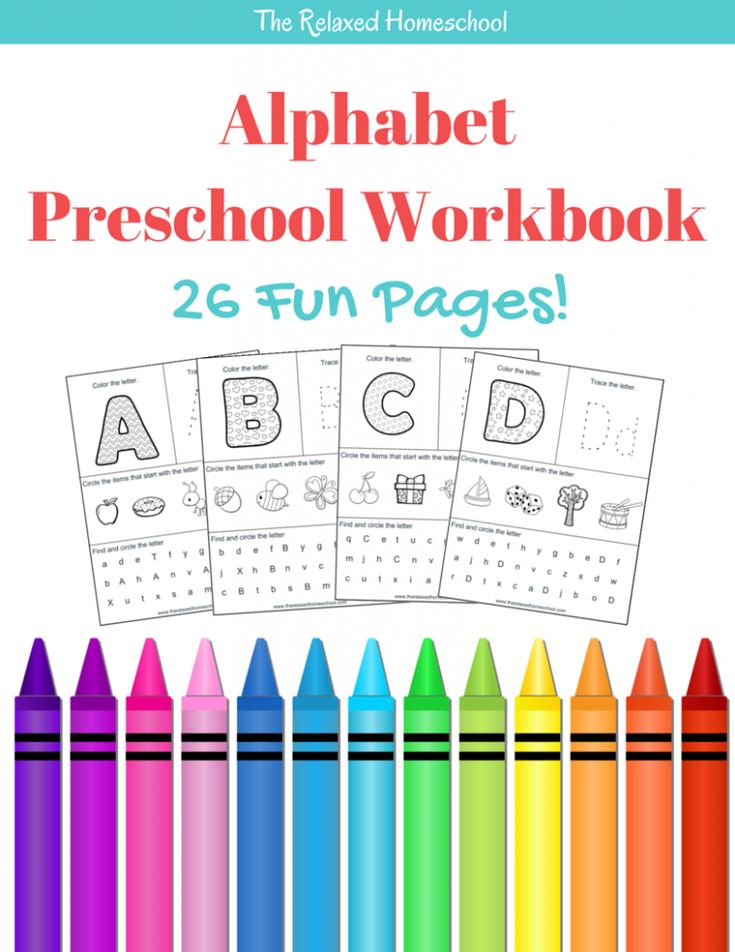 Just don’t forget to start showing them the lowercase and uppercase letters together at some point in their alphabet learning journey.
Just don’t forget to start showing them the lowercase and uppercase letters together at some point in their alphabet learning journey.
5) Eat foods shaped like letters to help preschoolers learn their alphabet
Speaking of interdisciplinary alphabet learning, why not do a baking session with the kids at preschool? They can use letter-shaped cookie cutters to make a fun and yummy snack. Meanwhile, there is a host of lessons you can teach with the baking activity. Chemistry, cooking, nutrition…the list goes on.
If you want the easy route, try commercially-sold letter-shaped biscuits. IKEA has a version of these. Ask your toddler or preschooler to name the alphabet letter they’re about to eat. Eating it can be the reward for getting it right!
And of course, there is alphabet soup, or noodles shaped like letters. You can make mealtime fun, and educational, with these edible alphabet manipulatives.
So there you have it, 5 easy ways to teach the alphabet to preschoolers. They may even be fun for you, too! It is super cute to hear little ones pronounce letters, and guess what object goes with each letter. When your preschoolers are learning the alphabet, be sure to take every teachable opportunity you can to encourage them to recognize letters in the world around them. If you’re on a field trip, ask the children if they can spot their letter-of-the-week on a street or building sign. If you’re reading a book, see if they can spot the letters you’re reading to them. Keep pushing letter recognition throughout the day, so the lessons can really sink into their memory.
They may even be fun for you, too! It is super cute to hear little ones pronounce letters, and guess what object goes with each letter. When your preschoolers are learning the alphabet, be sure to take every teachable opportunity you can to encourage them to recognize letters in the world around them. If you’re on a field trip, ask the children if they can spot their letter-of-the-week on a street or building sign. If you’re reading a book, see if they can spot the letters you’re reading to them. Keep pushing letter recognition throughout the day, so the lessons can really sink into their memory.
See more on our blog:
- How to teach digraphs to preschool children (6 ways)
- What is the best way to teach word recognition to early childhood readers?
- Why is literacy crucial in the early years? How can parents and preschools help with reading skills?
- How to teach toddlers and preschoolers to count, and learn their numbers
- Ideas for teaching shapes in preschool and daycare
Awesome Alphabet Activities for Preschoolers
I thought it was time to share some alphabet activities for preschoolers. Alphabet activities and How Wee Learn definitely seem to go hand in hand.
Alphabet activities and How Wee Learn definitely seem to go hand in hand.
I have shared with you oodles of letter activities before AND a (rather lengthy) post about why I don’t actually suggest teaching letters in ABC order. But I have not shared with you a great, big, huge resource full of alphabet activities—until now, my friends.
Just before we dive right in, I want to ensure you have already received my free resource for Teaching Letter Recognition. If you haven’t, please grab yourself a copy right here:
It is so important that children learn their letters in this special order! So important, in fact, that the teacher in me just needed to tell you all about this method and exactly how to teach those letters to your little ones. SO just before we dive into the alphabet activities, have a little peek at this video:
Alright, you’ve got your FREE copy of The Order for Teaching Letters? Did you watch my video? Do you know exactly which order to introduce those letters to your little one (and why)? Then it’s time, friends.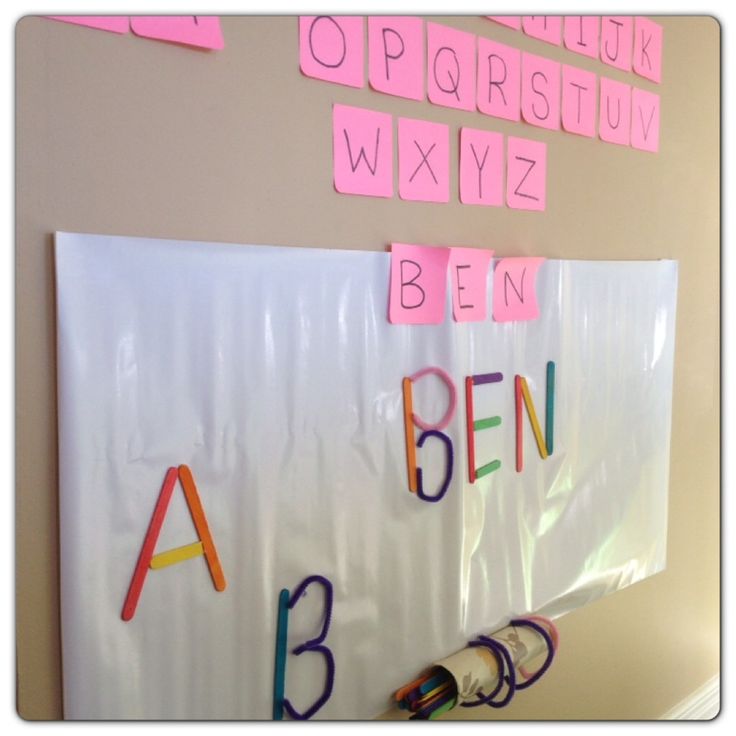 Let’s keep that letter learning fun and exciting!
Let’s keep that letter learning fun and exciting!
Sensory Letter Activities
Alphabet Activities with No Pencil Required – This is a fabulous sensory activity for preschoolers! Little hands can form all of the letters of the alphabet using popsicle sticks and pipecleaners on this sticky wall.
ABC Hide and Seek by Sunshine and Chaos – Grab any play letters you may have (magnets, puzzle pieces, bath letters) and hide them in a sensory bin of your choice (rice, cornmeal, sand). Ahhh, activity simplicity at its best.
Dirt Play Dough + Rock Writing Tray by Frugal Fun for Boys and Girls – Letter activities for preschoolers can be especially engaging when kids have the chance to use materials they love. Frugal Fun for Boys and Girls shares their natural playdough recipe via this post. Substitute rocks, beads, beans, marbles, buttons, or whatever you have on hand for making the letters.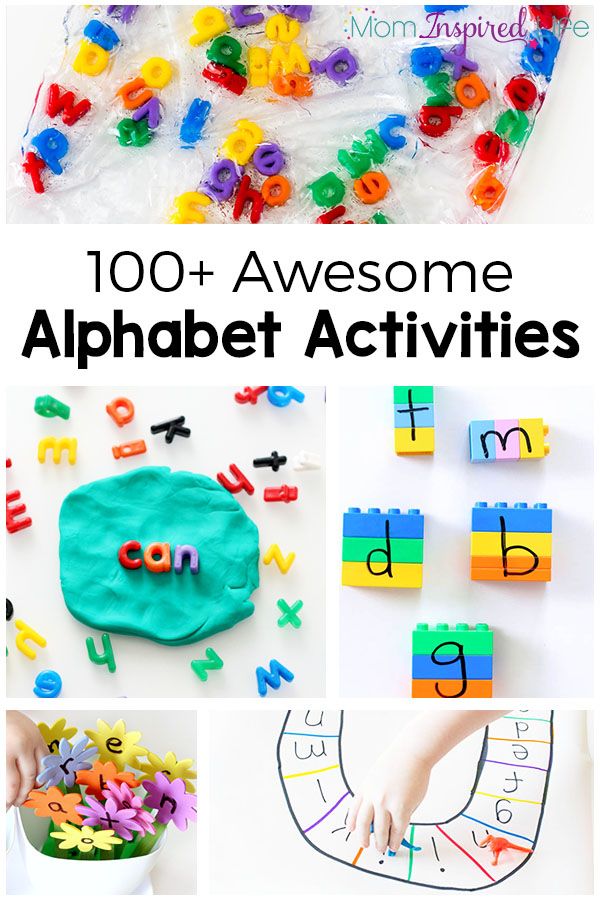
Sprinkle Sensory Writing Bag by Active Littles (link no longer available) – Sprinkles are such a fun and colorful filler for this writing bag. Using popsicle sticks as a writing tool is such a great way to ensure your kiddo’s letter creations come out clearly.
Alphabet Soup by The Letters of Literacy – Grab a pot and a ladle and make ACTUAL alphabet soup with your preschooler! Scoop out the letters you need for a sorting activity of your choice: in separate soup bowls sort upper case and lower case, vowels, and consonants or rounded letters vs. not rounded letters. So many possibilities!
Find it, Write it, Draw it by Views from a Step Stool – This idea can easily be adapted to whatever materials you have at home. Have your preschooler find a letter in a sensory bin and place it on a page. Beside the letter, they can try to write it, and then they can draw a picture of something that begins with that letter.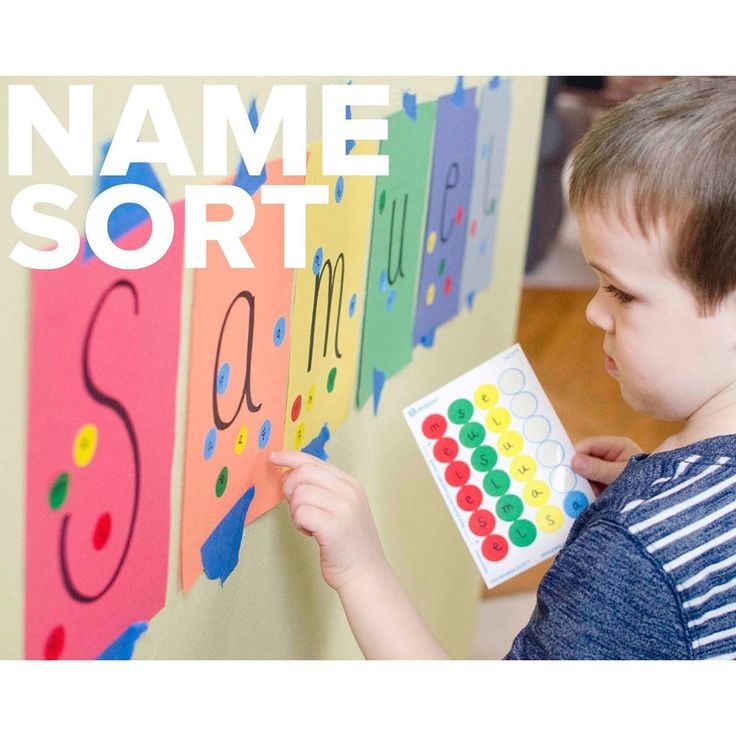 Organize the page however you’d like, leaving enough room for your child’s letter writing and drawings.
Organize the page however you’d like, leaving enough room for your child’s letter writing and drawings.
Clothespin Letter Dig and Match by Happy Toddler Playtime – I love how simple this engaging letter activity for preschool is to set up. Harness the secret magnetic power of clothespins by tossing them into a sensory bin and challenging your child to fish them out with their magic magnetic wand before matching them onto a simple homemade letter card.
Bubble Wrap Letter Play by NurtureStore – Who can resist a good bubble wrap popping? If your child doesn’t just go bananas and squish the entire sheet of bubble wrap at once (…mine would), add a little learning fun by writing letters on the bubbles and calling those out for your child to pop. They can pop all lowercase letters, all the letters of their name, etc. And did you know popping bubble wrap strengthens little fingers? I know you needed another reason to pop bubble wrap, so I thought I’d mention that…
Alphabet Games
ABC Go Fish – Go Fish is a great “first card game” for little ones because it’s straightforward and simple to understand. It is also great for teaching because as you play, you can gently course correct if you don’t hand your child the card they were expecting (I asked for an 8, mommy. Oh, that’s a 6!). We show you how to enjoy all the benefits of Go Fish with letters instead of numbers!
It is also great for teaching because as you play, you can gently course correct if you don’t hand your child the card they were expecting (I asked for an 8, mommy. Oh, that’s a 6!). We show you how to enjoy all the benefits of Go Fish with letters instead of numbers!
The Letter Monster Alphabet Game – This silly alphabet activity is a hit with all those little ones! This monster only likes items that start with certain sounds—check it out through the link; you will love it!
Match Me! The Christmas Alphabet Game – While this game is set up to be used at Christmas time you could simply change the theme and play this letter-matching activity at any time of the year.
Sort the Alphabet – Preschoolers can learn so much by simply playing with and sorting those alphabet letters!
Alphabet Matching Game on the RUN! – We all know that little ones love to MOVE! This is a fun activity that gets those little ones outside and running around to find letters.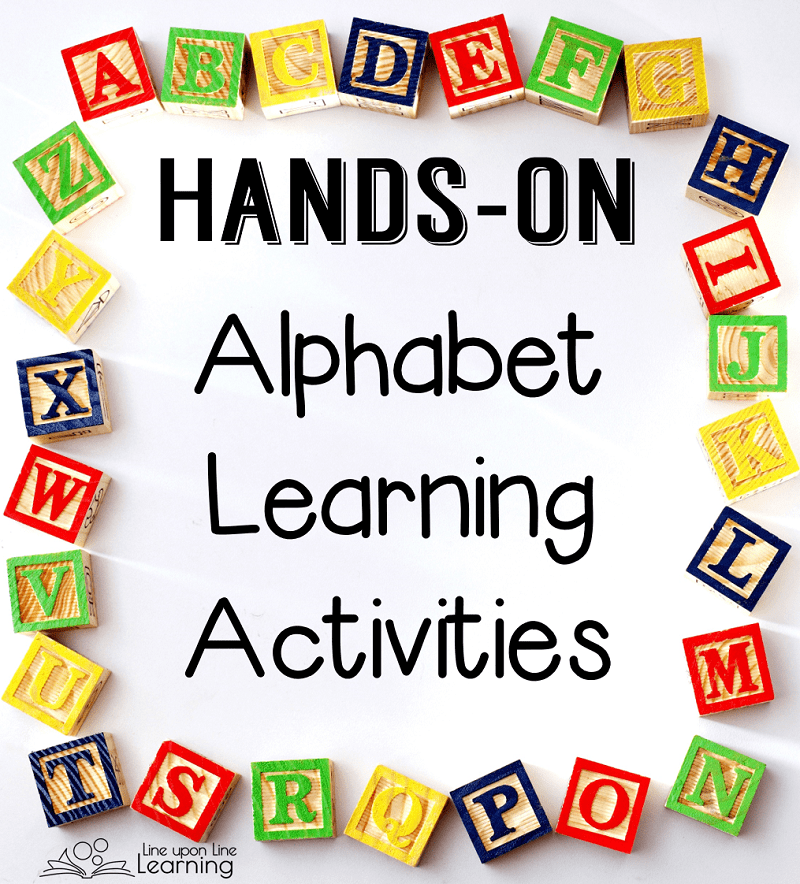
An A-Maze-ing Learning Letters Game – Is there anything you cannot do with painter’s tape? This is an easy maze with a very fun letter learning twist!
Alphabet Kaboom by The Many Little Joys – Collect as many letters of the alphabet by a set time before picking up a popsicle stick that says Kaboom! and you win the game with the most letters in your hand. This game sounds very fun and can easily be adapted for learning other topics as well. Some preschoolers might have a hard time giving up their letters and losing to a parent or another sibling. You may just have to be mindful of this before proceeding and prepare for a teachable moment.
Alphabet Rescue by Entertain Your Toddler – This fabulously fun alphabet game is great for giving your child a secondary purpose for matching their letters. It’s a race around the clock to save these letters and get them home safely!
ABC Letter Match – Here at How Wee Learn, we also taped down our letters for a fun letter matching game, but the goal was to pair up upper and lower case letters.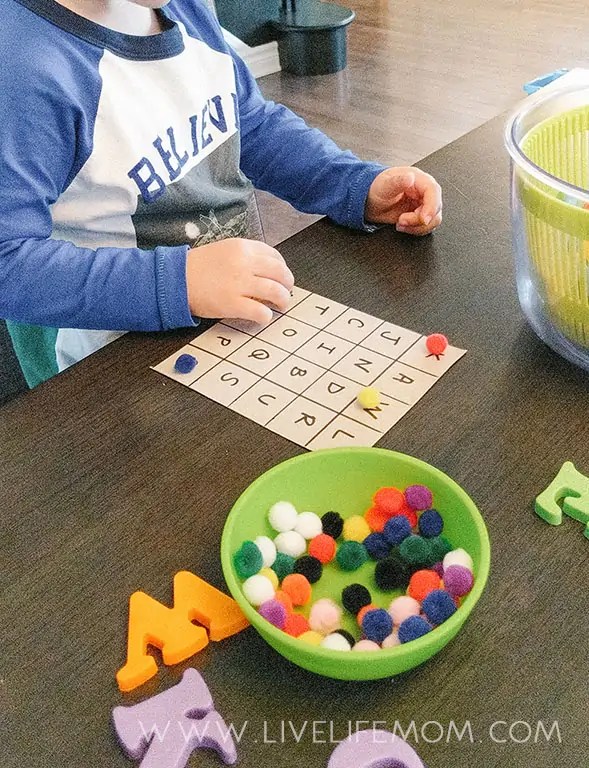
The Letter Slap Game by Mom Life Made Easy – Rest assured no one gets hurt during the playing of this fun, quick-paced game. Write large letters on any surface (even on separate papers taped to the wall) then call out a letter or letter sound and challenge your preschooler to “slap” or tap it as fast as they can!
Paper Plate Memory Game by Frugal Fun for Boys and Girls – Letter activities for preschool that engage my child’s memory? Yes, please! Did you say it’s a fun game to boot? Pass me the paper plates! We are making this one! Children of all ages will love challenging themselves to find matching letters. Something tells me this activity could take a significant amount of time to play… hmmm…
Alphabet Bingo by Live Life Mom – I love how Live Life Mom incorporated a salad tosser to make this alphabet bingo game more authentic.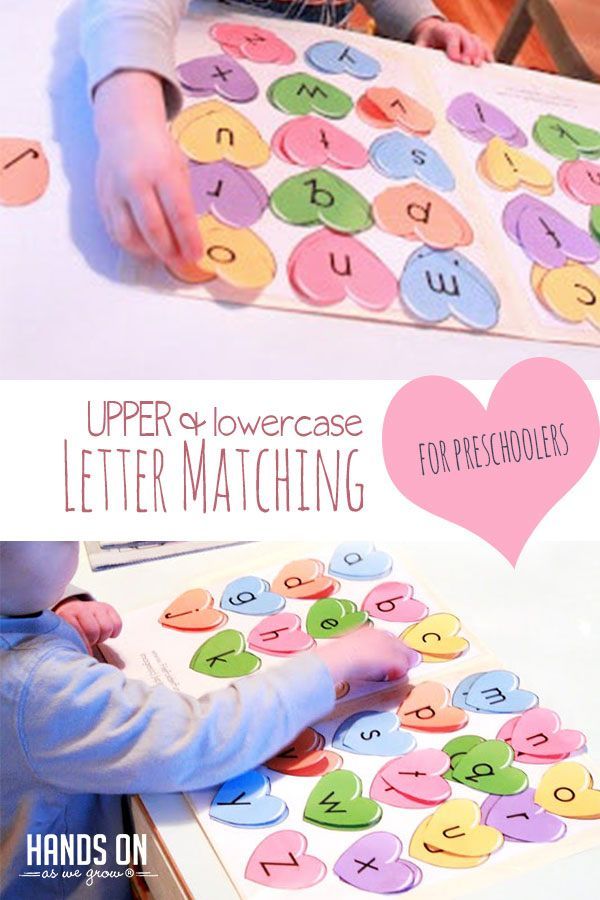 This engaging letter learning activity will have your preschooler begging you to play again!
This engaging letter learning activity will have your preschooler begging you to play again!
Ball Sweep Alphabet Game by Fun Learning for Kids – Tape letters to your floor and challenge your preschooler to roll the ball over the letter you call out with their broom or a hockey stick. Develop gross motor skills, hand-eye coordination, and learn letters in one fell sweep… I mean, swoop.
A Writing Treasure Map by Days with Grey – Get your little one busily playing and practicing those writing skills with this fun treasure map! This invitation to play is sure to engage.
Letter Learning with Gross Motor Play
Scoop and Dump the Alphabet Activity – Write different letters on rocks or another item your child can scoop and dump with a truck. Then have them transport their letters to the right stop (or match the rock letters to their right card)!
Alphabet Find by Busy Toddler – Letter activities for preschool with endless possibilities are my favorite! Set up the letters of the alphabet throughout your house and call out whatever letters or sounds you are working on with your preschooler and watch them go on a mad dash to find them! A great way to keep their little bodies and minds moving!
Sponge Letter Stomp by Pre-K Pages – Use a permanent marker to write each letter of the alphabet on a sponge. Invite your preschooler to stomp on the letter you call out for some squishy gross motor fun!
Invite your preschooler to stomp on the letter you call out for some squishy gross motor fun!
Kick the Cup by Fun Learning for Kids – This game can be played with some variations and it is always fun to see where our kiddos take the activities we set up for them. At Fun Learning for Kids, they enjoyed kicking the ball at the cups and identifying the letters they knocked down.
Post-it Alphabet Race by Entertain Your Toddler – For this fun race, write letters on sticky notes and paste them on a wall. Call out a letter for your preschooler to grab and race to stick it to another location. Your little one can stick it randomly on the new wall or you can have them categorize the letters. For example, lower case letters go on the wall beside the couch and upper case letters go on the wall beside the chair.
Alphabet Basketball by School Time Snippets – The combination of fine motor skills (crumpling paper) and gross motor skills (throwing) in this letter activity for preschoolers is very exciting! Place your paper letters on the ground, call them out and have your preschooler crumple them up into a ball and toss them in the basket. If you don’t have a basketball net you can use a cardboard box or a laundry basket.
If you don’t have a basketball net you can use a cardboard box or a laundry basket.
Letter Learning for Fine-Motor Fine-Tuning
Fingerpaint Names by Happy Toddler Playtime – Fingerpainting your child’s name is a great fine motor activity to help your child recognize the letters of their name and their formation.
Sticker Name Recognition by Busy Toddler – This preschool letter activity is great for getting a child to move from simply recognizing what their name looks like visually to recognizing and remembering the individual letters that make up the whole.
Name Rubbings by Toddler at Play – Write your child’s name on cardstock rectangles or flashcards using a hot glue gun. Then have them place the letters under white cardstock and colour over the ridges in crayon. This activity is great for developing hand-eye coordination and fine motor skills while producing a lovely name craft.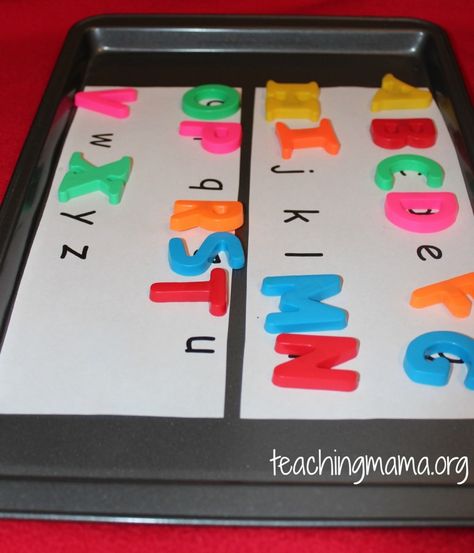 This could turn into a snazzy name sign for a child’s bedroom door.
This could turn into a snazzy name sign for a child’s bedroom door.
Plastic Egg Letter Match by Large Family Table – Toss these letter halves into a bin and— VOILA—you have an easy and quiet letter learning activity. Write the letters on non-matching colours for an added challenge.
Letter Pounding by I Can Teach My Child – This engaging letter learning activity is easily adaptable for preschoolers and older kids. Children can decide to hammer their golf tees into the styrofoam or place them in with their hands. Both accomplish the learning goal and both help strengthen fine motor skills.
ABC Apple Lacing by 123Homeschool4me – Lacing and letter learning? Alphabet alliteration? (Heehee) What a clever way to combine letter recognition with fine motor skill development.
Alphabet Geoboard by A Little Pinch of Perfect – The teacher in me got a little giddy when I saw this activity! What an exciting challenge for little ones to match their letters while strengthening their little fingers!
Q-tip Letter Erase by Toddler at Play – This brilliant activity can be done on a whiteboard or on a window with dry-erase markers. Preschoolers with more practice in letter writing may enjoy erasing the letters by tracing over their shape. All is not lost if your child does not choose to do this because they are still practicing their letter recognition.
Preschoolers with more practice in letter writing may enjoy erasing the letters by tracing over their shape. All is not lost if your child does not choose to do this because they are still practicing their letter recognition.
Even More Alphabet Activities for Kids…
Make a Letter – This idea is just about as simple as they come. The post is great to explain why loose parts are so important for children.
Watermelon Seed Letters – If it happens to be summertime, why not play with these watermelon seed letters? This quiet time activity is so easy to set us and perfect for little alphabet learners.
Pool Noodle Alphabet Match by A Dab of Glue Will Do – I love these big, chunky pool noodle letters! They are so inviting and are full of possibilities for fun! Place one set of lower or uppercase letters on a surface with a popsicle stick inside and ask your child to find the matching letter and place it on top.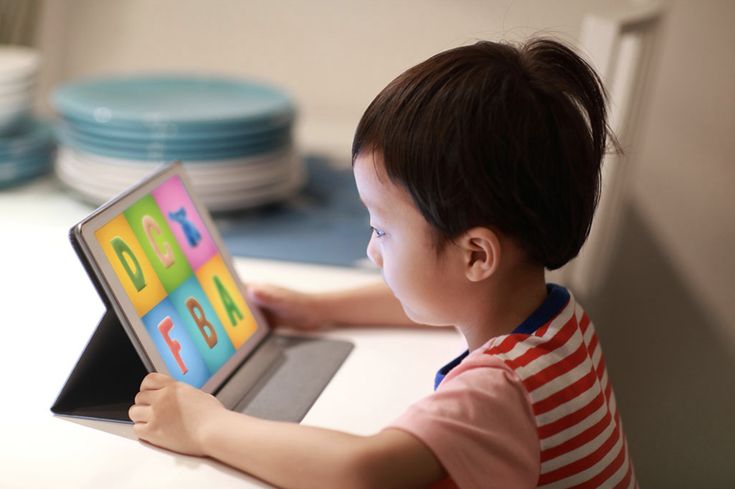 These pool noodle letters can be used for bath time or outdoor water fun. They can be placed in a soapy sensory bin or hidden indoors or out for an exciting alphabet hunt!
These pool noodle letters can be used for bath time or outdoor water fun. They can be placed in a soapy sensory bin or hidden indoors or out for an exciting alphabet hunt!
Newspaper Letter Hunt by Where Imagination Grows – One of the many exciting early learning moments is when your child randomly points at a letter on your t-shirt or a cereal box and calls it out with joyous excitement, like they just found a treasure: “O!” This letter activity for preschool takes that excitement to a whole new level by having your toddler go on a letter hunt in real big people texts, like flyers, magazines, and newspapers. This is some very important sleuthing work, my friends!
Cotton Swab Letters by The OT Toolbox – A food coloring and flour mixture are baked onto cotton swabs to create this fun manipulative. It is not only fantastic for letter formation but can also be used to make numbers and build shapes.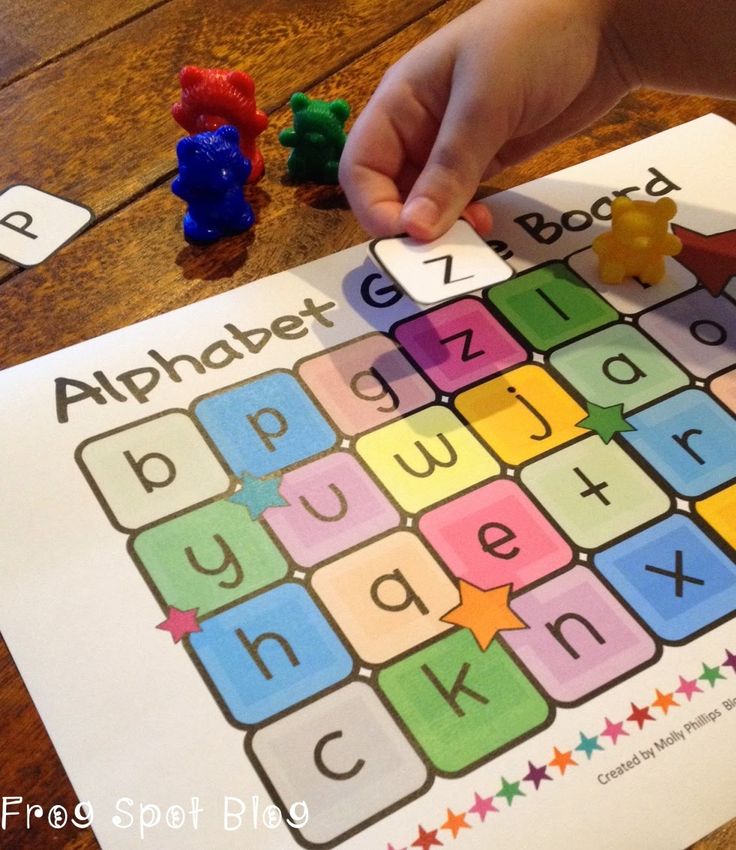
Paper Plate Letter Match by Hands On as We Grow – Place a letter you want your child to identify in the center of the plate and ask them to find the matching letter around the rim. Once they find it they can fold it into the center. This resourceful letter learning activity can be done on both sides of the paper plate for different letters and can be reused many times. Hands On as We Grow shares additional ways that this paper plate activity can be used for other learning as well.
Cookie Cutter Letter Painting by No Time for Flashcards – This simple craft gets kiddos having fun with painting while exposing them to the alphabet. Call out letters to stamp with or create letter patterns for added fun.
There you have them, friends!! Tons of alphabet activities for you and yours to enjoy together. It is so important that we keep this learning fun and playful for our little ones.
Children learn best through play—so let’s meet these little ones exactly where they are and play our way into letter learning fun.
Thank you so much for reading!
P.S. Don’t forget to grab your free Teaching Letter Recognition Guide!
You’ll also love these How Wee Learn best-sellers:
Teaching Letter Recognition – What Order to Introduce Letters
Gross Motor Alphabet Games for Kids
Learning the alphabet: methods, exercises and games for children
The alphabet is the foundation of reading. Therefore, before you start reading and writing, teach your children the letters.
Children can start learning to read as early as preschool age. Parents and teachers need to teach their child how to pronounce sounds correctly in their native language. These are important prerequisites for learning letters and learning to read successfully.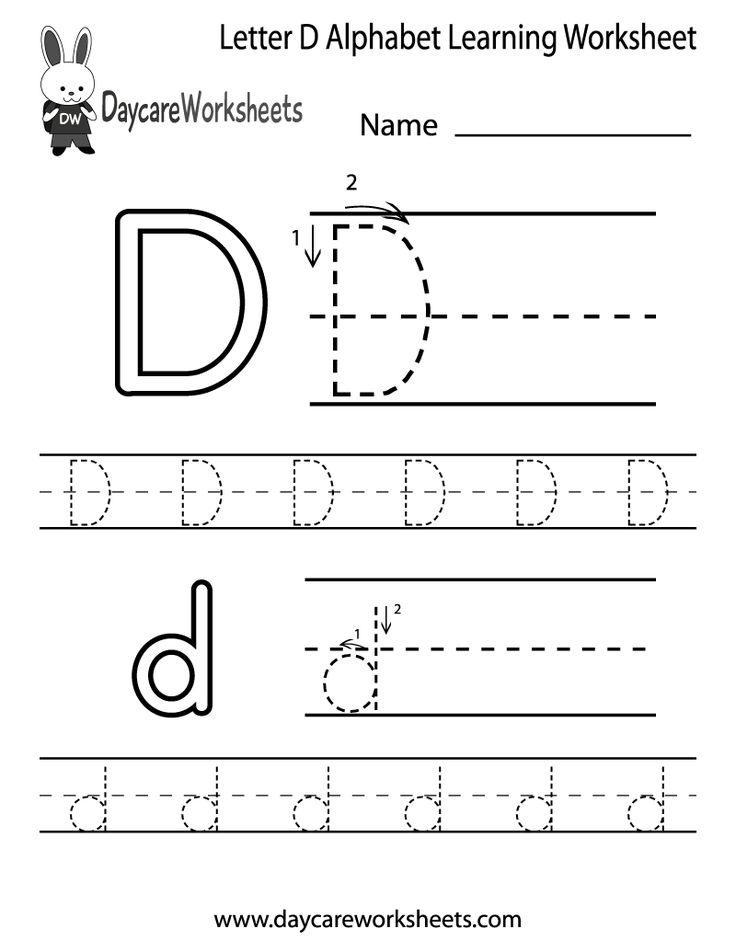 The educational process of preschool children is based on visual, acoustic and tactile exercises. The use of various channels of perception in the educational process increases its effectiveness and stimulates long-term memorization of letters.
The educational process of preschool children is based on visual, acoustic and tactile exercises. The use of various channels of perception in the educational process increases its effectiveness and stimulates long-term memorization of letters.
Learning the alphabet: introducing the child to the alphabet.
To master reading, a child must learn and recognize not only the graphic form of letters, but also be able to compare them with their corresponding sounds. This means that the child must be able to write letters and pronounce them. When the child learns to correctly pronounce all the sounds in his native language and distinguish letters by visual form, go directly to reading. As a rule, at the age of 5-6 years, most children no longer experience difficulties in this.
See also: Reading and bilingualism. Bilingualism in children
From the age of 5 to 6, children begin to understand that there is a lot of information encoded in language using letters.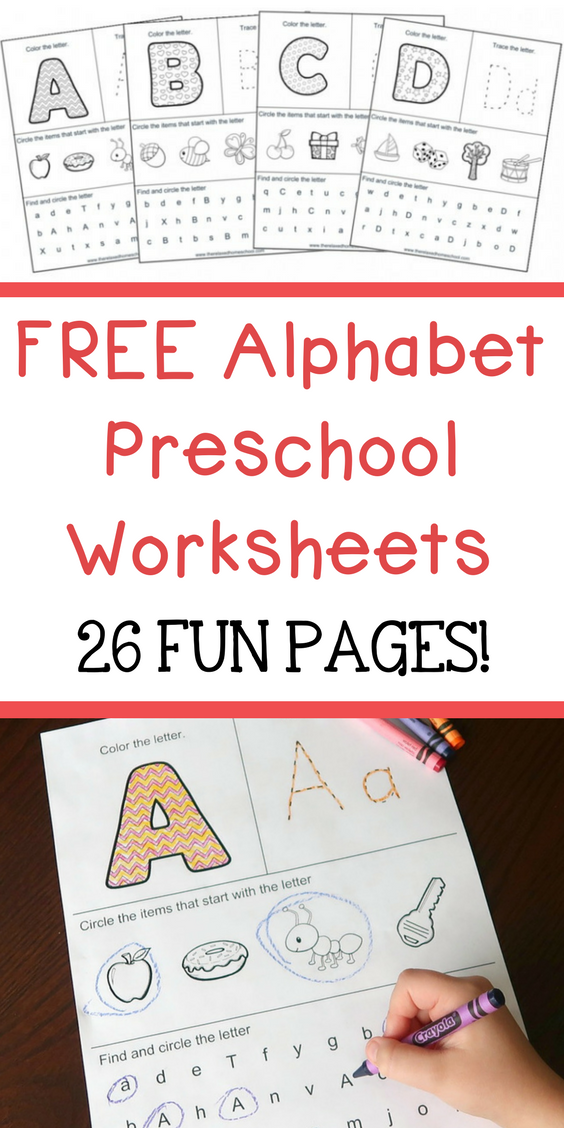 Thus, they are interested in learning to read by then, as they are naturally curious.
Thus, they are interested in learning to read by then, as they are naturally curious.
Of course, babies can learn and memorize individual letters quite early. However, their interest, mostly spontaneous, is directed to individual words and letters. Here it is important to gently motivate the child by encouraging him to learn through games and a comfortable environment. However, too much pressure can lead to stress, causing little ones to lose any motivation to learn letters.
Alphabet learning games
The first rule of learning the alphabet: learn the letters one by one!
Don't forget, each letter is made up of visually similar elements. If you try to teach a child several letters at a time, he may become confused. Learn the letters one by one. One lesson - one letter.
Second rule of learning the alphabet: take your time!
Give your child enough time for each letter. Plan 1-2 lessons for each new letter.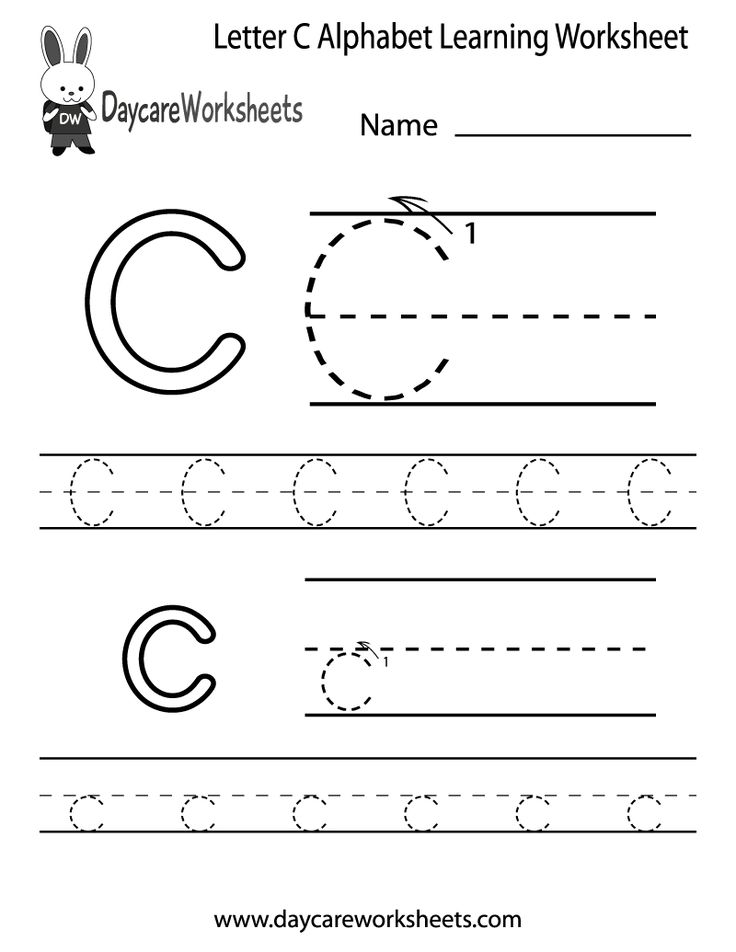 Organize the lesson in a form that is interesting for the child with the help of games.
Organize the lesson in a form that is interesting for the child with the help of games.
Tactile method: from studying letters to reading
The child sees something abstract in a letter. Chains of associations will help in learning letters. Associating each letter with something specific or familiar helps the child fix it in his memory.
1. Make a letter out of plasticine
Let's memorize what a letter looks like and develop fine motor skills.
We will need: plasticine (should be elastic), modeling board and a disposable plastic knife.
Together with your child, roll out 8 approximately identical sausages from plasticine. 2 - divide in half, 2 - divide into 3 parts. From the remaining 4, make rings by blinding their edges and cut 2 of them in half, creating semicircles. Thus, you should get a set of elements to compose any letters of the alphabet. Show the child a couple of examples and ask them to repeat, collecting previously passed letters.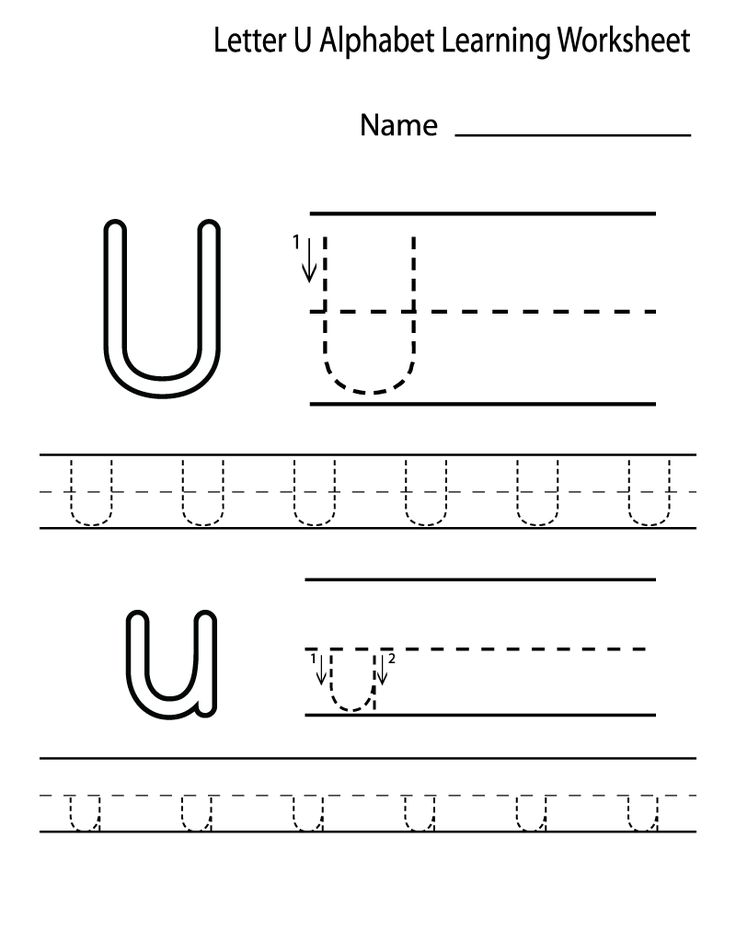
2. Magic wands
Let's memorize letters, learn how to make letters from sticks, learn how to transform letters.
We need: a set of counting sticks. If not, you can replace with matches or toothpicks.
The easiest way is to lay out letters from sticks according to a pattern or without a pattern (according to the idea). When the child learns to lay out all the letters, you can complicate the task by laying out objects familiar to the child from them, and then ask them to change them, for example, make a figure resembling a door out of sticks, and then ask the child to remove 2 sticks to make the letter P.
3. Tactile letters
Memorize letters and develop fine motor skills
We will need: sandpaper, velvet paper, scissors.
Cut out letters from sandpaper or velvet paper. The child will have to close his eyes to identify the letter by touch.
4. Draw a letter on the semolina
Memorize letters, develop fine motor skills
We will need: bright dish tray, semolina
Pour sand or semolina in a thin layer on the tray.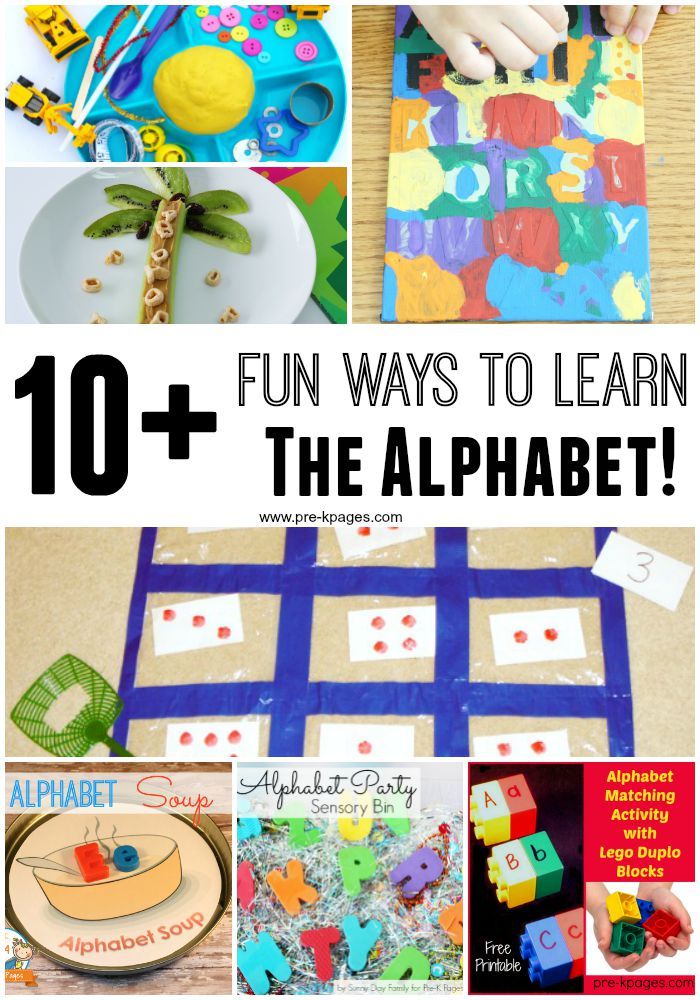 Set an example for your child, show how to write letters on the croup with a finger or a stick. Ask him to write next to the letter, the same as you wrote, to write a letter more or less than yours, to add an unfinished letter, or to erase the extra detail of the "wrong" letter. Children will like this game, just shake the tray a little, and the mistake or inaccuracy made disappears!
Set an example for your child, show how to write letters on the croup with a finger or a stick. Ask him to write next to the letter, the same as you wrote, to write a letter more or less than yours, to add an unfinished letter, or to erase the extra detail of the "wrong" letter. Children will like this game, just shake the tray a little, and the mistake or inaccuracy made disappears!
5. Mirror letter
Memorize letters and train attention
We will need: cardboard, pencil and scissors
Prepare identical cards cards, 2 pieces for each letter. Write 1 letter on each card. Write the letters in mirror image and correctly. Lay out cards with the same letter in front of the child and offer to choose the correct one.
6. Memory test game
Train memory
We will need: scissors, cardboard and a pencil
The game "Memory Test" will challenge even older children. Write each capital letter on one card and lowercase letter on the other card.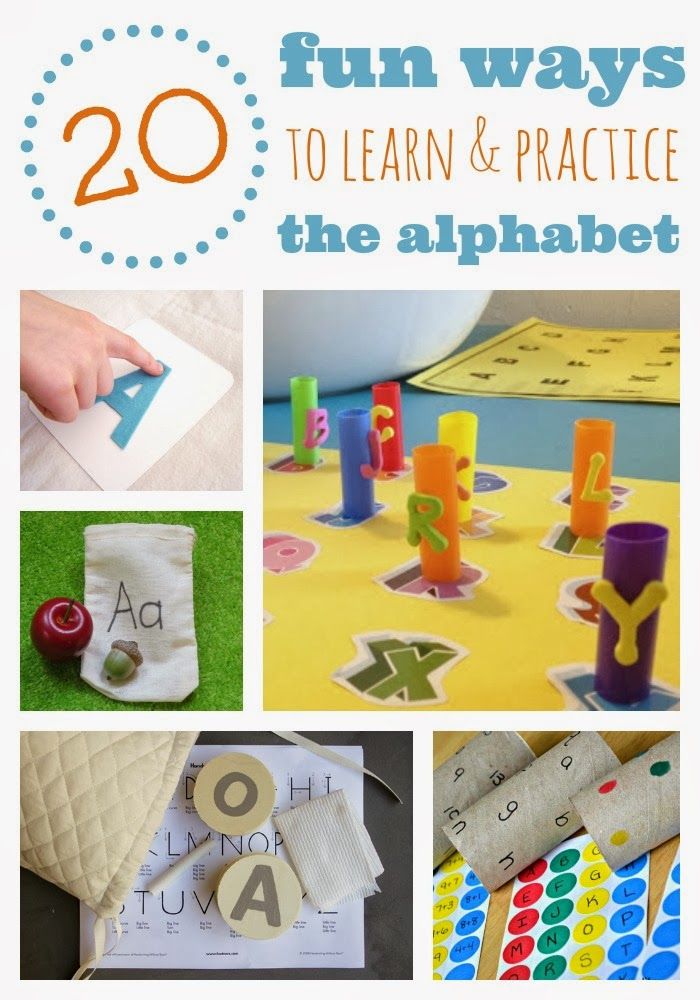 Turn over all the cards and place them on the table. Ask your child to match uppercase and lowercase letters. You can complicate and add a dictionary element. Have the children match the letter of the alphabet with the picture that starts with that letter.
Turn over all the cards and place them on the table. Ask your child to match uppercase and lowercase letters. You can complicate and add a dictionary element. Have the children match the letter of the alphabet with the picture that starts with that letter.
7. Bean bag
Memory training
We will need: a bag of beans or other bulk material, a tablecloth or a large piece of paper.
If you want to warm up a bit while you study the letters, play a game of Beanbag. Write the alphabet randomly on a large piece of paper. Give the children a bean bag and ask them to put it on paper. The child must name a word that begins with the letter on which the bag fell. If a student is stuck, help him.
Ask the child to check the chosen letter with letters from the alphabet. Be sure to ask the name of the letter. The exercise will help children learn to distinguish visually similar letters and avoid mistakes when writing them in the future.
Drawing, coloring, cutting letters out of paper and gluing them together develop fine motor skills in children.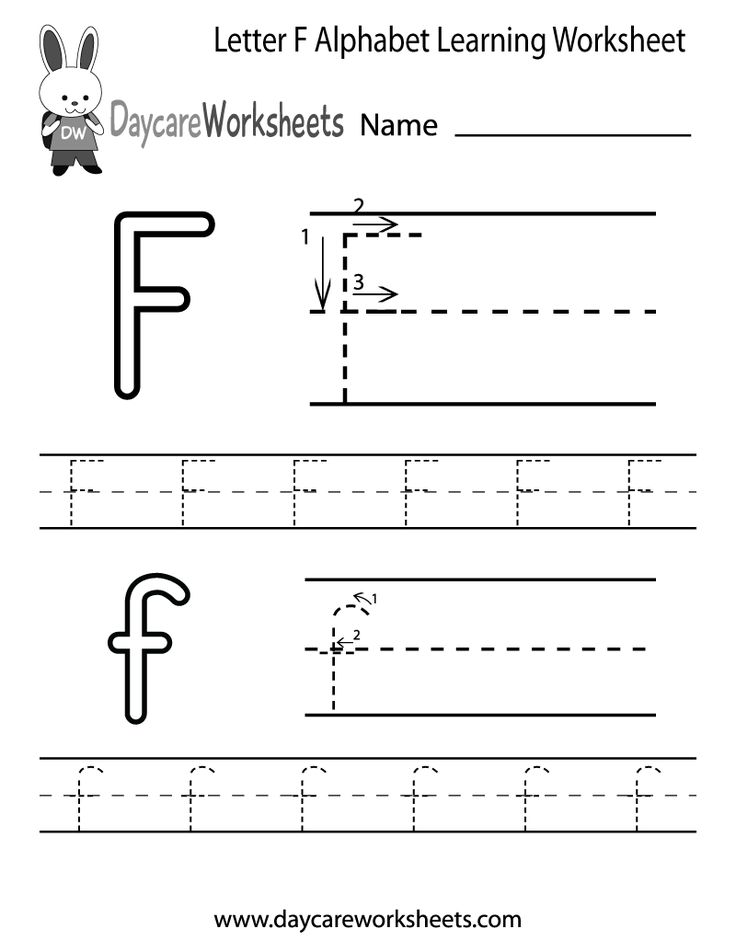 Self-made flash cards with letters facilitate memory and associative thinking, creating the basis for tactile games. You can make postcards alone or with your child. Letters can be cut out of paper of various textures and pasted onto cards made of cardboard or paper. Then you can ask the child to pick up letters from 2-3 cards with their eyes closed.
Self-made flash cards with letters facilitate memory and associative thinking, creating the basis for tactile games. You can make postcards alone or with your child. Letters can be cut out of paper of various textures and pasted onto cards made of cardboard or paper. Then you can ask the child to pick up letters from 2-3 cards with their eyes closed.
Literacy begins with learning the letters of the alphabet. Combine different perceptual styles. The alphabet learning games described above help children to learn letters at different levels. Moreover, fine motor skills play a crucial role in the formation of systematic connections in the mind of the child and create the basis for the development of reading and writing.
ABC online for children. We learn the Russian alphabet.
| Speaking alphabet - for kids Home Teaching letters | ||
| Read simple syllables Linking a letter to a syllable. Reading words and sentences by syllables Teaching numbers | ||
Hello dear parents.
Your child is growing up, and you have set yourself the task to teach him the knowledge of letters and teach him to read words . Most likely you already have both alphabet and cubes with letters from which you can add words. You may have already had unsuccessful attempts teach your baby the alphabet . The child, on the other hand, either confused the letters, or generally refused activities that were uninteresting to him. Especially for your children, this speaking alphabet was created, which will definitely interest the child and it will be easy and natural for him to learn letters with the help of familiar images.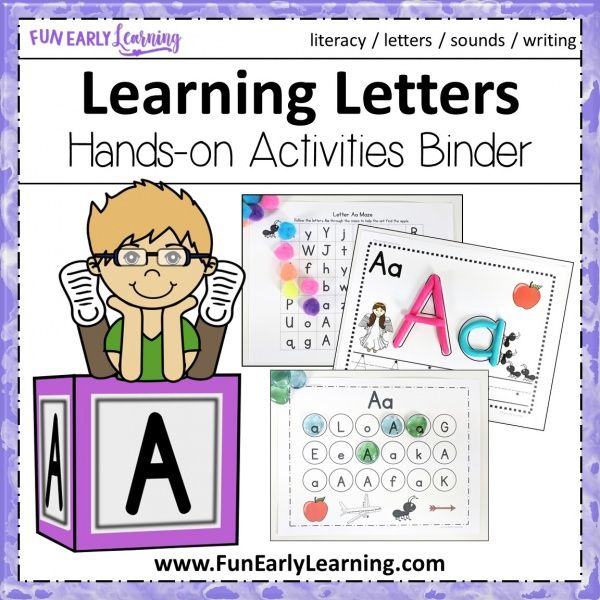
Your children probably already know the computer well and will be happy to learn Russian letters of the alphabet on their own in a playful way with the pronunciation of letters and words by the cartoon heroine "Masha and the Bear" . You just need to click on any letter of the alphabet and your child will plunge into the world of letters and words . To reinforce knowledge, an easy-to-remember rhyme is specially selected, which Masha pronounces with expression and a short cartoon about a letter. The talking alphabet for kids was created with the support of a child psychologist and is designed to memorize letters, numbers and associated associations.
We are glad to inform you that we have abandoned Flash and switched to modern HTML5. Thus, the online alphabet is now fully functional on all modern devices, cross-platform and cross-browser. Just have your child click on the pictures and listen to Masha explain the meaning of .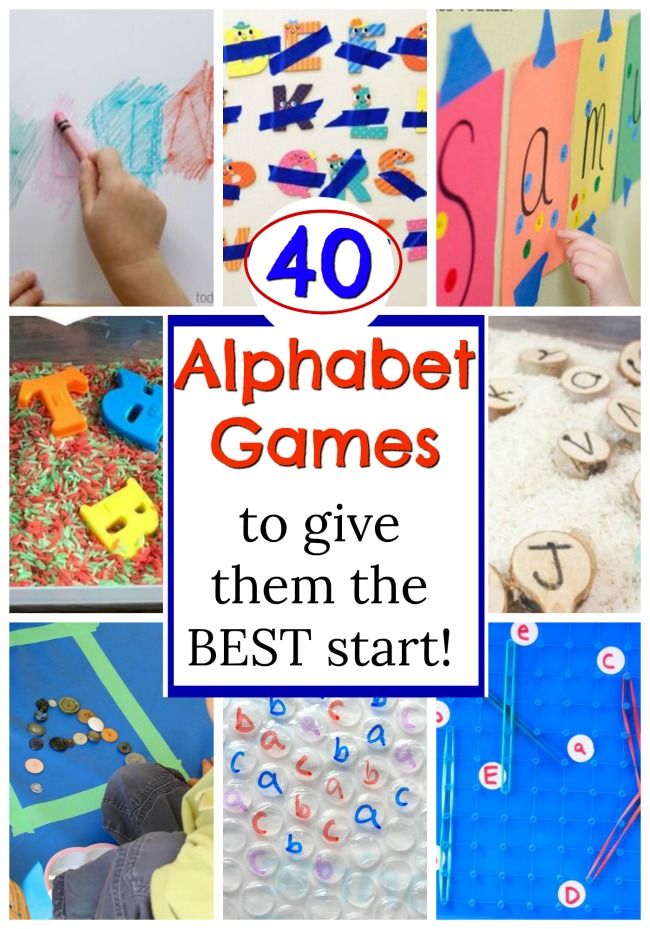 Learn letters from your tablet, iPad, laptop, computer...
Learn letters from your tablet, iPad, laptop, computer...
And one more thing. If you opened the site from a tablet or iPad and the mobile version loaded, turn your device to landscape position and refresh the page. The full version of the site will load.
Huge request to share the site in social networks. By doing this, you will help us a lot!
Don't forget to turn on the sound!
Note to parents
:
Why do you need to learn letters before school
Why do you absolutely need to teach your child at least the alphabet, if the first grade program includes learning from scratch?
Probably triggered parental instinct.
- You are sure that your classmates will already be able to read, and you do not want to see your child among the lagging behind. Maybe you yourself read before school and it was easier for you to comprehend science with some knowledge received from your parents.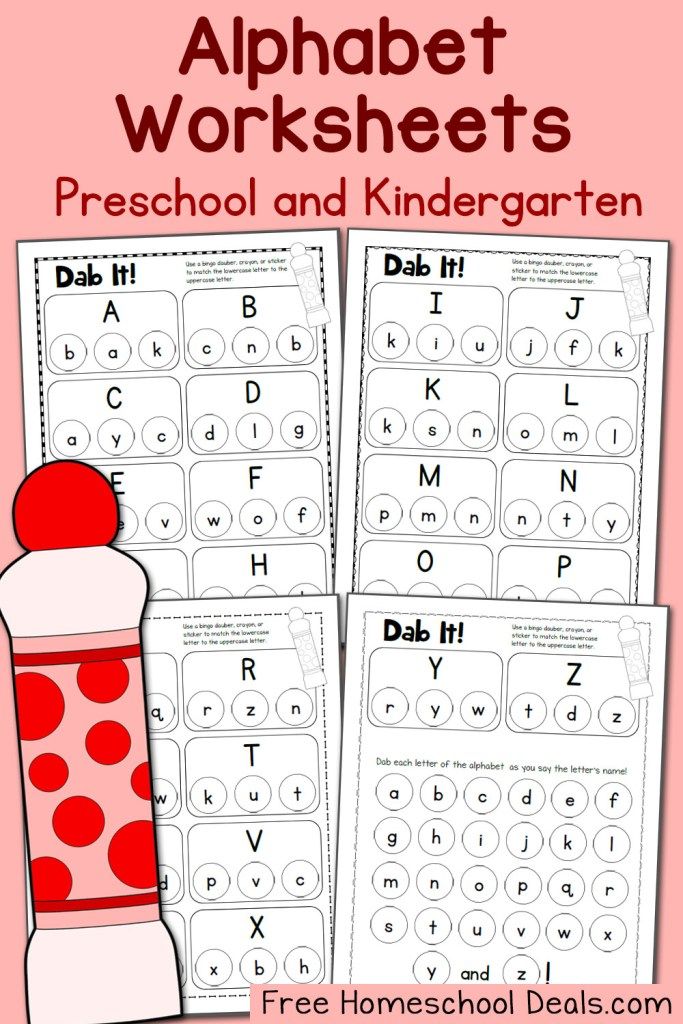
- Perhaps you want to distinguish your baby from the "gray crowd" of the same age, and proudly demonstrate the child's knowledge to friends and acquaintances.
- Perhaps the baby himself showed interest in learning letters and he has enough perseverance to devote 10 - 15 minutes a day to learning (Very good, if so!)
From four to five years, depending on the characteristics, the baby can already analyze objects and their purpose. He is interested in properties and possibly "strange drawings" written on them. If your baby asks, pointing to the words, what is it? Everything! Your child has "grown up" and you can gently, not intrusively start learning attempts.
But if the child still cannot concentrate on the task, refuses to repeat, is restless and gets tired quickly, then it is better to wait a while.
And another important point! Is it possible to harm the baby with activities? Yes, if the parent does not take into account the individual abilities of the child and overloads his intellect with too much information.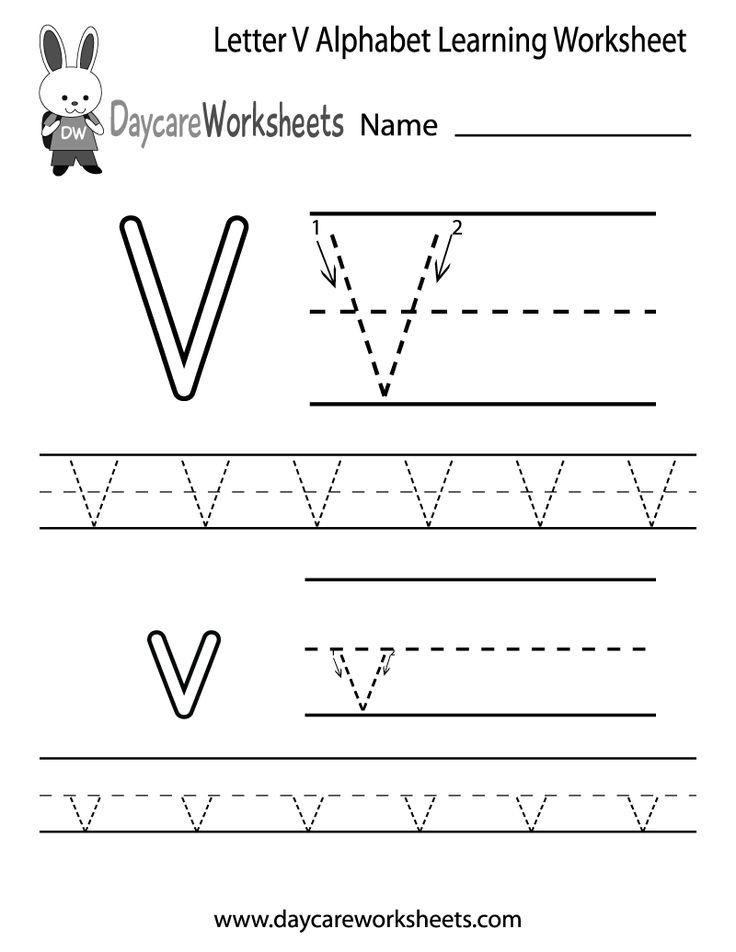

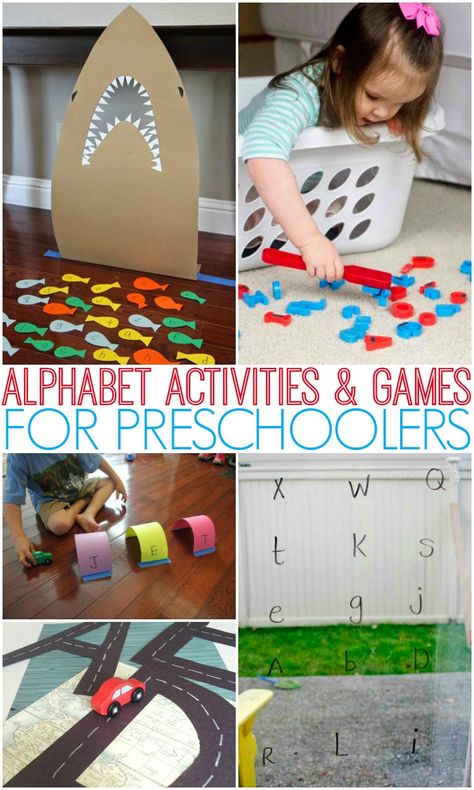 First words
First words 